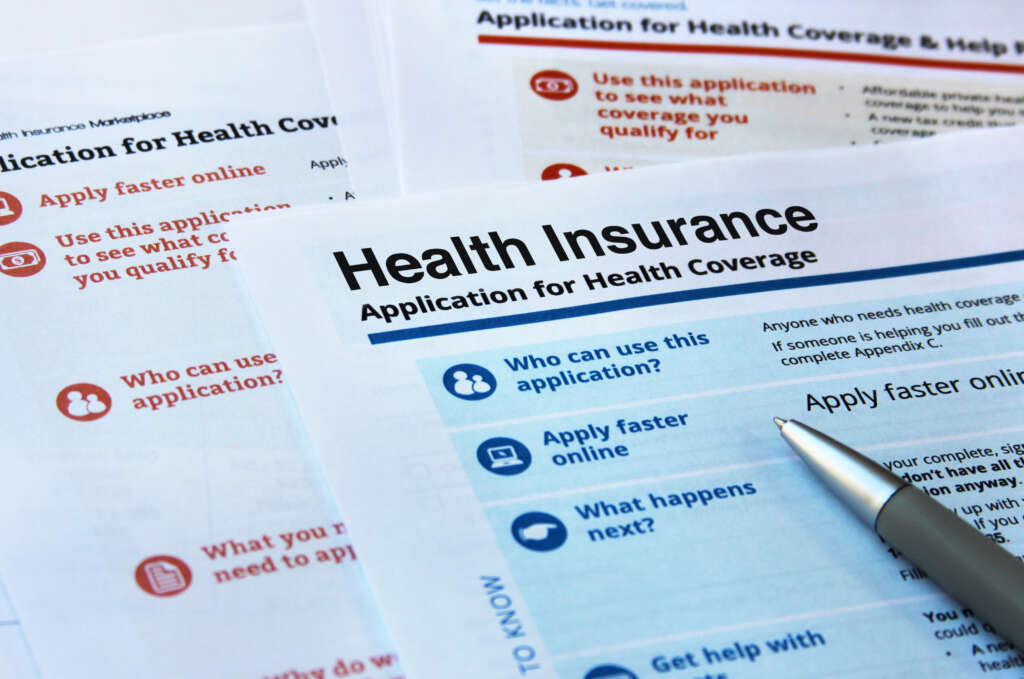Share This Article
If you’ve been told that generic medications are always the cheapest option under Medicare Part D, you’ve been given incomplete information. The reality of prescription drug coverage is far more complex, and thousands of Medicare beneficiaries overpay for medications every month because they don’t understand how Part D pricing actually works. Let’s decode the system so you can make informed decisions about your prescription costs.
How Medicare Part D Actually Prices Your Medications
Medicare Part D plans organize all covered medications into different “tiers,” and each tier has its own copay or coinsurance structure. Most plans use a five-tier system where Tier 1 typically includes preferred generic drugs, but generic drugs can actually be placed on any tier. Plans can place generic drugs on Tier 2, 3, 4, or even 5 based on their negotiations and rebate arrangements with manufacturers.
Here’s where it gets confusing: just because a medication is generic doesn’t automatically place it in Tier 1. Some generic drugs land in Tier 2 or even Tier 3, making them more expensive than certain brand-name drugs on lower tiers. A generic medication on Tier 2 might cost you $47 per month, while a brand-name drug on Tier 1 could cost only $15.
Insurance companies negotiate different prices with drug manufacturers, and these negotiations determine tier placement. Sometimes a plan gets a better deal on a brand-name drug than its generic equivalent, especially if the brand manufacturer offers significant rebates to secure preferred tier placement.
Understanding Your Plan’s Tier Structure
• Tier 1: Preferred generic drugs (typically $0-$19 copay)
• Tier 2: Non-preferred generic drugs or some brand-name drugs (typically $20-$50 copay)
• Tier 3: Preferred brand-name drugs or some generic drugs (typically $51-$100 copay)
• Tier 4: Non-preferred brand-name drugs or some generic drugs (typically 25%-50% coinsurance)
• Tier 5: Specialty drugs, both generic and brand-name (typically 25%-50% coinsurance)

Why Your Generic Might Cost More
Several factors can make generic drugs more expensive than expected under Part D coverage. First, if multiple generic versions of the same medication exist, your plan might only prefer one manufacturer’s version. Getting the non-preferred generic could bump you to a higher tier with increased costs.
Prior authorization requirements also affect generic drug costs. Some plans require you to try and fail on a Tier 1 medication before covering a Tier 2 or 3 alternative, even if both are generics of the same drug. This process can delay treatment and create additional administrative costs.
Quantity limits represent another hidden cost factor. Your plan might cover a generic drug but limit you to a 30-day supply when you’d prefer a 90-day prescription for convenience and cost savings. Getting the larger quantity might require paying out of pocket or switching to a different medication.
Real-World Cost Comparison Strategies
Before assuming the generic is cheaper, use your plan’s online formulary tool or call customer service to compare actual costs for both brand-name and generic versions of your medications. Some Part D plans offer $0 copays for certain generic drugs, while others charge the same amount for Tier 1 generics and Tier 2 brand names.
The Medicare Plan Finder allows you to enter all your current medications and compare total annual costs across different Part D plans. This tool shows you exactly what you’ll pay for each drug under each plan, accounting for tier placement, copays, and deductibles.
Don’t forget to factor in your plan’s deductible structure. Some plans apply deductibles only to higher-tier drugs, meaning your Tier 1 generics might have $0 copays all year while Tier 3 drugs require you to meet a $500 deductible first.
Money-Saving Strategies Beyond Generic Substitution
If your preferred medication lands on an expensive tier, ask your doctor about therapeutic alternatives that might be preferred by your plan. Sometimes a different medication in the same drug class will be significantly cheaper because of your plan’s specific negotiations.
Consider pharmacy choice as well. Some Part D plans offer lower copays at preferred pharmacies or through mail-order services. A 90-day supply of your generic medication might cost $45 at your local pharmacy but only $30 through your plan’s mail-order option.
Look into manufacturer patient assistance programs, even for generic drugs. Some generic manufacturers offer discount cards or patient assistance programs that can reduce your out-of-pocket costs below what your insurance charges.
Watch Out for Mid-Year Changes
Part D plans can change their formularies (covered drug lists) during the year, typically with 60 days’ notice. A generic drug that was Tier 1 in January might move to Tier 2 in July, doubling your monthly costs. Plans must continue covering drugs you’re already taking until the end of the plan year, but at the new tier pricing.
The assumption that generic always means cheaper under Medicare Part D can cost you hundreds of dollars annually. Understanding how your specific plan prices medications and comparing all available options will help you make the most cost-effective choices for your prescription needs.


